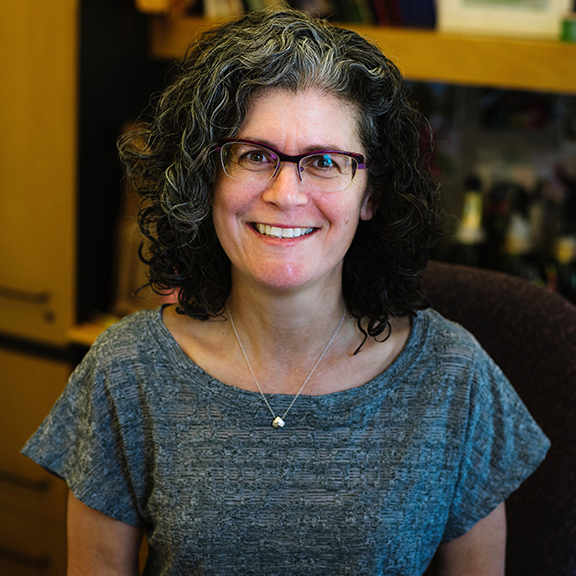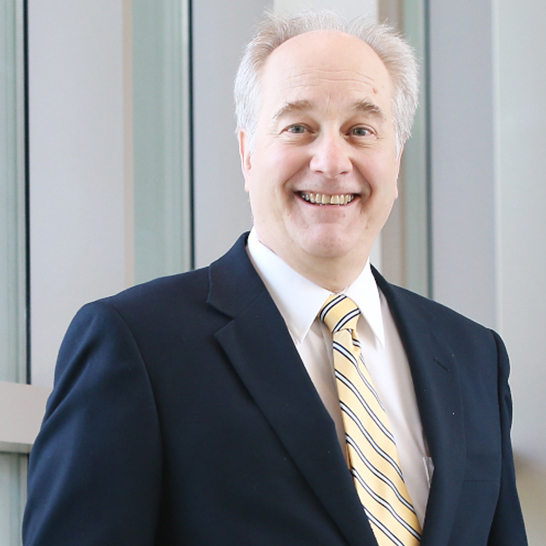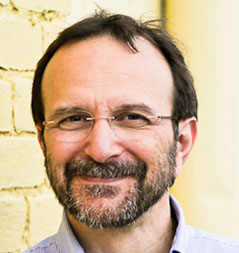TWiM reveals that the atypical antipsychotic quetiapine promotes multiple antibiotic resistance in E. coli, and treatment with Bifidobacterium lactis probiotic benefits patients with coronary artery disease.
TWiM explains the use of lavender oil to disrupt Listeria biofilms, and how treatment of catheters with liquid silicone reduces associated urinary tract infections.
TWiM welcomes new host Petra, and explains how a small protein helps ensure that E. coli utilizes a preferred carbon source, and a screening strategy to identify inhibitors of the type IV secretion system that is essential for virulence of a variety of bacterial pathogens.
Mark returns to TWiM to join in a discussion of soil microbiota as game-changers in restoration of degraded lands, and discovery of a centimeter-long bacterium, the biggest yet discovered.
In this food-centric TWiM, we reveal the microbiomes of carnivorous vulture bees and of Gala apples from all over the world.
Mark Martin returns to TWiM for a discussion of the frightening global burden of bacterial antibiotic resistance, and a solution to the problem of daylight nitrogen fixation in a cyanobacterium, despite the incompatibility of nitrogenase with oxygen produced during photosynthesis.
TWiM explains how bacterial symbionts regulate tick blood feeding activity, and the reasons why antibiotics exist.
On this episode of TWiM, how phages prevent other phages from invading their hosts without blocking their own reproduction, and plastic-degrading potential of microbes across the Earth.
TWiM discusses antigenic variation within dengue virus serotypes, and an mRNA vaccine that induces antibodies against tick proteins and prevents transmission of the Lyme disease agent.
TWiM reveals a study showing that positive interactions among bacteria are far more common than previously thought, and how acquisition of a single gene enabled Yersinia pestis to expand the range of mammalian hosts that sustain flea-borne plague.




